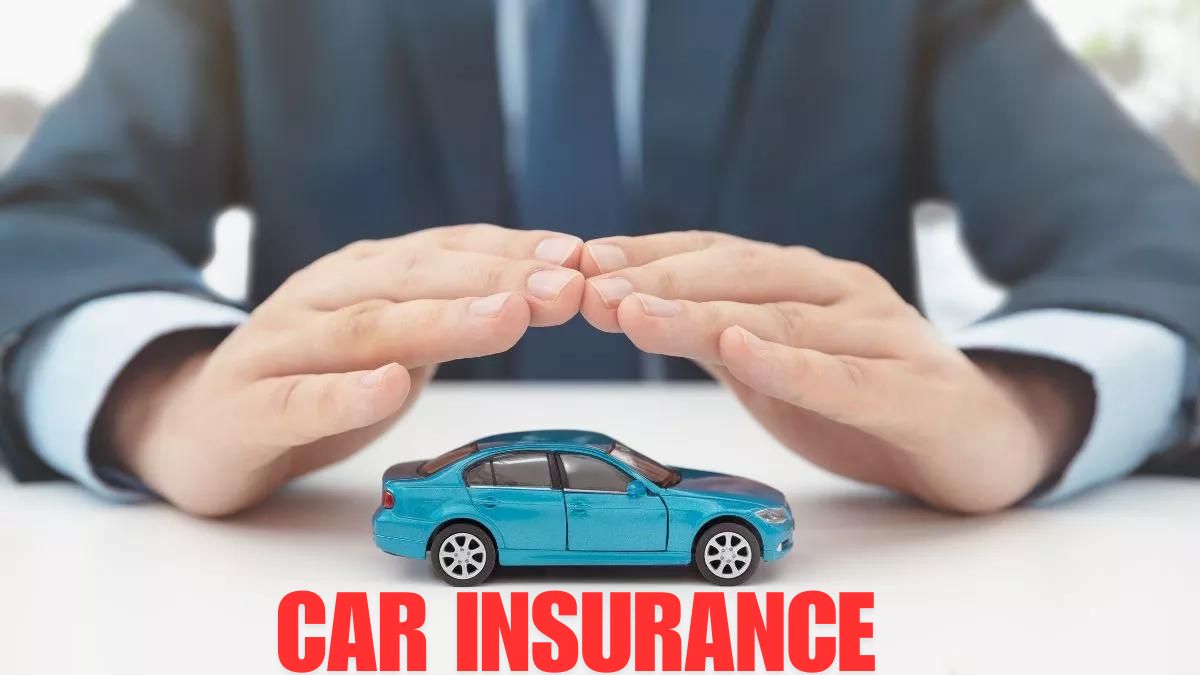A Guide to Car Insurance: Insights, Tips, and Key Information for Smarter Driving Decisions
Car insurance is a contract between a driver and an insurance company. The driver pays a fee (premium), and in return, the insurer agrees to cover financial losses—such as those from accidents, theft, or damage—according to the policy terms. It exists to protect individuals from costly repairs, medical bills, and legal liabilities arising from vehicle use.
ImportanceImportance
Why It Matters Today
Rising costs of repairs and medical care make accidents more expensive than ever.
Legal requirement: Most places require at least basic liability coverage to drive legally.
Financial security: Helps individuals avoid financial hardship after an unforeseen event.
Who It Affects
All drivers—new or experienced, young or seasoned.
Families relying on vehicles for commuting or errands.
Car owners of all kinds, including commuters, business users, and ride-sharing drivers.
Problems It Solves
Vehicle repair and replacement after collisions or natural disasters.
Medical expenses and legal costs if you injure someone or their property.
Theft and vandalism coverage, often included in comprehensive plans.
Peace of mind, knowing you’re protected from major financial shocks.

Recent Updates & Trends
Premium Increases
Between May 2024 and May 2025, U.S. car insurance rates rose by ~7%, due to inflation, expensive vehicle repairs (especially tech-heavy models), and more severe weather-related losses
Safety Technology Benefits
As of late 2024, insurers in the UK began using new rating systems that reward vehicles with advanced safety tech—like automatic braking—with lower premiums
Regulatory Changes
In England and Wales, a shift in the Personal Injury Discount Rate (PIDR) in December 2024 is expected to reduce premiums by ~£50 (5%)
In the U.S., some states are banning biased underwriting for factors like credit or education and allowing usage-based personal injury protection (PIP) choices
Digital & Telematics Growth
India’s insurance market (USD $27B in 2024) is shifting toward AI-driven, digital-first models with usage-based insurance (UBI) and custom pricing
Products like "Pay How You Drive" (PHYD) are launching—in August 2024, Zuno General Insurance introduced a telematics add-on rewarding safe driving
Continued Telematics Expansion
Experts foresee rapid growth in usage-based models, smartphone-integrated telematics, EV-specific policies, and AI-driven claim processing in 2025
Laws & Policies
Legal Minimum Coverage
Most countries require at least third-party liability coverage.
Fines, license suspensions, or impoundment can result from uninsured driving (e.g., UK, India)
Non-Discrimination Regulations
Some U.S. states (e.g., New Jersey, Illinois) now prohibit insurers from using credit history, education, or occupation in pricing
Personal Injury Protection (PIP)
Michigan allows drivers choice over PIP levels, leading to better insurance options and reduced uninsured motorists
Telematics and Privacy
Telematics laws vary: India faces hurdles due to privacy concerns and multi-driver use, while global regulations encourage data-based underwriting
EV Insurance Innovations
Insurers now offer EV-specific coverage—battery protection, charging station damage—as electric vehicle numbers grow
Tools & Resources
Premium Calculators
Online tools help compare liability and comprehensive coverage costs.
UBI calculators estimate savings based on driving habits.
Comparison Platforms
PolicyBazaar, Coverfox (India); Insurify, Policygenius (U.S.) let you view multiple quotes and features side-by-side.
Telematics Apps
Many insurers offer apps that track driving and provide feedback—especially useful for PHYD or PAYD plans.
Aggregator Websites
NerdWallet, Moneycontrol, The Economic Times offer detailed guides, reviews, and comparison charts.
Government & Industry Portals
IRDAI (India), NAIC (U.S.), and similar bodies publish regulatory updates, consumer guides, and claim statistics.
EV and Safety Resources
Vehicle safety ratings (IIHS, NCAP) and EV-specific insurance guides help drivers make informed choices.
What’s Better? Telematics-Driven vs. Traditional Insurance
| Feature | Traditional Insurance | Telematics / UBI Insurance |
|---|---|---|
| Premium Basis | Fixed demographic factors | Driving behavior, usage, safety tech |
| Cost | Stable, predictable | Can be lower for safe drivers |
| Incentives for Safety | Minimal | Strong (real-time feedback, rewards) |
| Privacy Concerns | Low | Higher (data collection required) |
| Multi-Driver Complexity | Not affected | Attribution challenges |
FAQs
What is telematics or usage-based insurance?
Telematics (UBI, PAYD, PHYD) uses devices to track driving patterns—speed, braking, time, distance—and adjusts premiums accordingly. Safe drivers often pay less, while risky habits may increase costs
Are there privacy risks with telematics?
Yes. Data on location and behavior is collected and analyzed. Concerns include storage, sharing, and interpretation of data—especially with multiple drivers using one vehicle
How can I reduce my car insurance premium?
Choose a higher deductible
Use safe-driving discounts or telematics-based plans
Bundle policies (auto + home)
Shop around and compare quotes
What happens if I don’t declare modifications (e.g., tow bars)?
Failing to report modifications can void coverage. Claims may be denied, and you may face penalties. Always disclose added features
Do EVs cost more to insure?
EV-specific insurance now includes coverage for battery and charger damage. While premium costs vary, EV insurance is becoming more specialized and cost-effective as adoption rises
Is older technology vehicle insurance cheaper?
Often yes—but cars with advanced safety features like automatic braking or lane-keep assist can earn lower premiums under new rating systems
Final Insights
Car insurance is essential for legal driving, financial protection, and peace of mind. As of 2024–2025, major trends include premium increases, fairer pricing structures, telematics-based policies, and EV-specific coverage. Regulations continue to evolve, emphasizing transparency, anti-discrimination, data privacy, and digital accessibility.
Smart strategies include comparing quotes, considering usage-based plans, disclosing all modifications, and choosing safe-driving features. With informed choices and proper planning, you can secure coverage that fits your driving habits and budget—without surprises down the road.